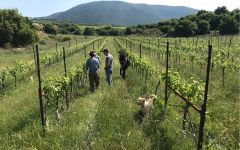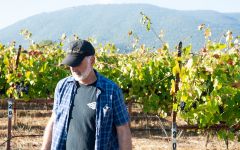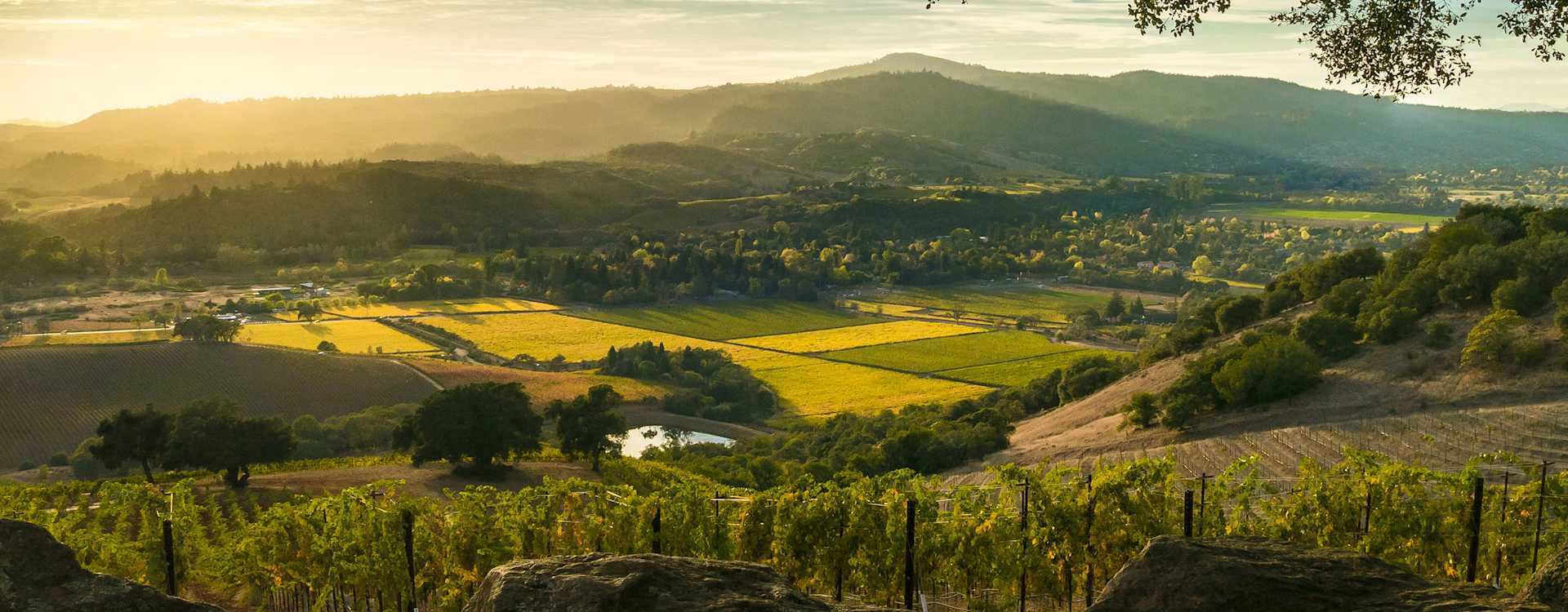Covenant Red C Red Blend (OU Kosher) 2016
-
Wine
Enthusiast -
Wilfred
Wong -
Wine
Spectator



Product Details
Your Rating
Somm Note
Winemaker Notes
Softer than their Napa Valley Cabernets, RED C Red still packs plenty of concentration and power. Red fruit tends more towards raspberry and strawberry than darker cassis or blackberry. Tannins are firm yet fine. They frame a multi-layered core of fruit, spice and herbs that continue to give RED C its broad appeal from year to year.
This wine is Kosher for Passover
Professional Ratings
-
Wine Enthusiast
This blend of Syrah, Merlot, Zinfandel, Malbec, Petit Verdot and Grenache offers good tension and structure within a full-bodied concentration of meaty dried herb, garrigue and currant. High-toned acidity lifts the bolder, weightier undertones of well-integrated oak and tannin. Kosher.
-
Wilfred Wong of Wine.com
COMMENTARY: The 2016 Covenant Red C is an excellent and well-balanced wine. TASTING NOTES: This wine deftly combines half-a-dozen grape varieties and top-notch AVAs (Sonoma Valley and Bennett Valley). Enjoy its stylish aromas and flavors of red fruit, dried herbs, and a note of oak with well-seasoned roast game birds. (Tasted: February 11, 2020, San Francisco, CA)
-
Wine Spectator
Opens with friendly raspberry and spice flavors, then builds depth and tension toward broad-shouldered tannins. Syrah, Merlot, Zinfandel, Malbec, Petit Verdot and Grenache. Drink now through 2025.
Other Vintages
2021-
James
Suckling
-
Wine
Spectator
-
James
Suckling
-
Wine
Enthusiast
-
Wine
Enthusiast -
Wine
Spectator








A trip to the Galilee and Golan Heights in 2011 inspired California winemaker Jeff Morgan to make wine In Israel. He named his Israeli wine project, Covenant Israel, after his California winery—Covenant. The soils in Israel reminded him of the Napa Valley, where he produces a renowned Cabernet Sauvignon, as well as the Rhone Valley, the home of such classic varieties as Syrah and Viognier. Jeff teamed up with American/Israeli winemaker friend Ari Erle in 2013 to make the first vintage of Covenant Israel Syrah. Jeff met Ari in Napa Valley circa 2008, when Ari was working for such renowned Napa wineries as Colgin and O’Shaughnessy. When Ari moved back to Israel a few years later, the two Winemakers hatched the Covenant Israel plan together. Covenant Israel has been widely acclaimed in the media and among wine aficionados. It is currently the only Israeli wine found on the wine list at Napa Valley’s famous French Laundry. But Covenant’s Israeli Wines can also be enjoyed all over the world—from Israel to Europe and America and even in Japan and Taiwan. Jeff likes to say that Israel is where winemaking began. And so, it makes perfect sense for this California winemaker to have found his way back to his roots.

With hundreds of red grape varieties to choose from, winemakers have the freedom to create a virtually endless assortment of blended red wines. In many European regions, strict laws are in place determining the set of varieties that may be used, but in the New World, experimentation is permitted and encouraged resulting in a wide variety of red wine styles. Blending can be utilized to enhance balance or create complexity, lending different layers of flavors and aromas. For example, a red wine blend variety that creates a fruity and full-bodied wine would do well combined with one that is naturally high in acidity and tannins. Sometimes small amounts of a particular variety are added to boost color or aromatics. Blending can take place before or after fermentation, with the latter, more popular option giving more control to the winemaker over the final qualities of the wine.
How to Serve Red Wine
A common piece of advice is to serve red wine at “room temperature,” but this suggestion is imprecise. After all, room temperature in January is likely to be quite different than in August, even considering the possible effect of central heating and air conditioning systems. The proper temperature to aim for is 55° F to 60° F for lighter-bodied reds and 60° F to 65° F for fuller-bodied wines.
How Long Does Red Wine Last?
Once opened and re-corked, a bottle stored in a cool, dark environment (like your fridge) will stay fresh and nicely drinkable for a day or two. There are products available that can extend that period by a couple of days. As for unopened bottles, optimal storage means keeping them on their sides in a moderately humid environment at about 57° F. Red wines stored in this manner will stay good – and possibly improve – for anywhere from one year to multiple decades. Assessing how long to hold on to a bottle is a complicated science. If you are planning long-term storage of your reds, seek the advice of a wine professional.

Home to a diverse array of smaller AVAs with varied microclimates and soil types, Sonoma County has something for every wine lover. Physically twice as large as Napa Valley, the region only produces about half the amount of wine but boasts both tremendous quality and variety. With its laid-back atmosphere and down-to-earth attitude, the wineries of Sonoma are appreciated by wine tourists for their friendliness and approachability. The entire county intends to become a 100% sustainable winegrowing region by 2019.
Sonoma County wines are produced with carefully selected grape varieties to reflect the best attributes of their sites—Dry Creek Valley’s consistent sunshine is ideal for Zinfandel, while the warm Alexander Valley is responsible for rich, voluptuous red wines like Cabernet Sauvignon. Chardonnay and Pinot Noir are important throughout the county, most notably in the cooler AVAs of Russian River, Sonoma Coast and Carneros. Sauvignon Blanc, Merlot and Syrah have also found a firm footing here.
